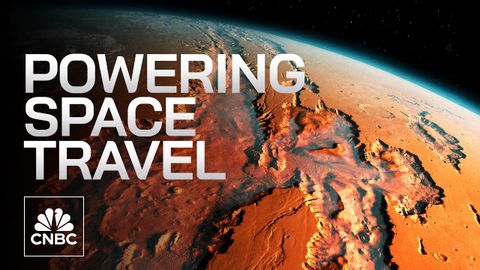為什麼這些日本公司想在月球上製造氫氣? (Why these Japanese companies want to make hydrogen on the moon)
VoiceTube 發佈於 2024 年 08 月 26 日  沒有此條件下的單字
沒有此條件下的單字US /əˈprəʊtʃ/
・
UK /ə'prəʊtʃ/
- v.t./i.逼近;找...商量
- n. (c./u.)通道;入口;接洽;處理方式;方法
US /aɪˈkɑnɪk/
・
UK /aɪˈkɒnɪk/
US /ɪmˈpruv/
・
UK /ɪm'pru:v/
- n. (c./u.)大小;規模;魚鱗;比例;等級;標尺
- v.t./i.測量;攀登;魚鱗
